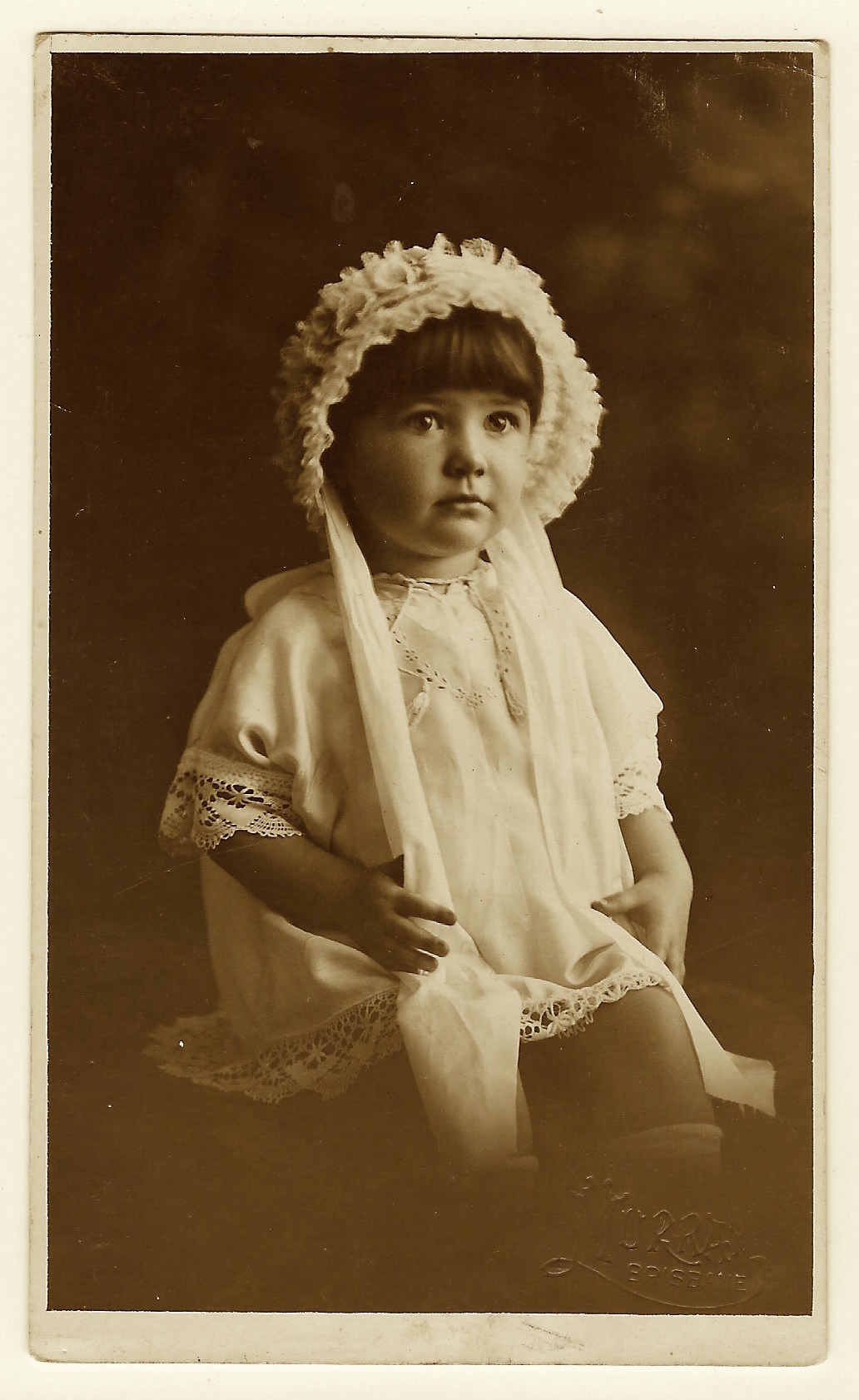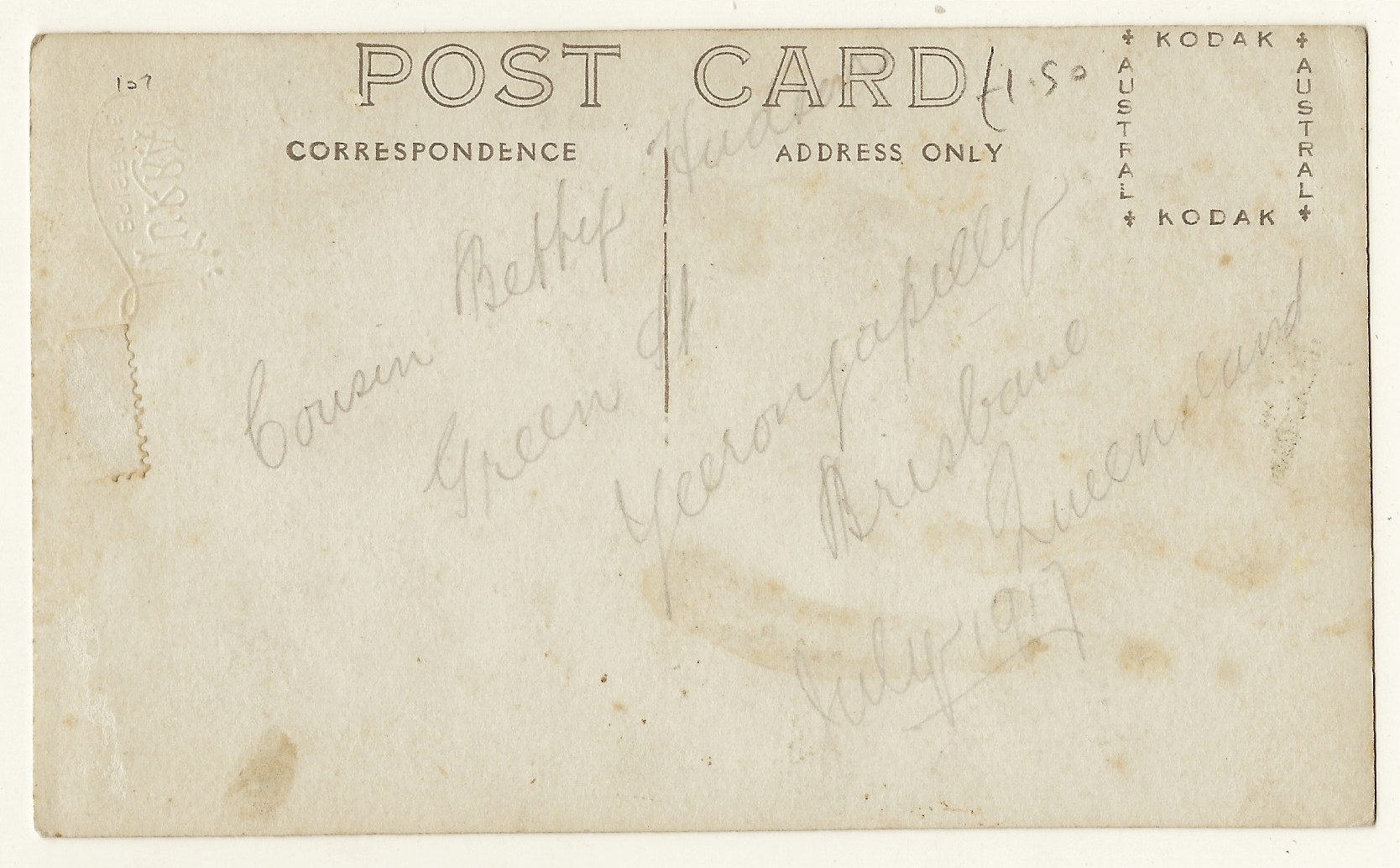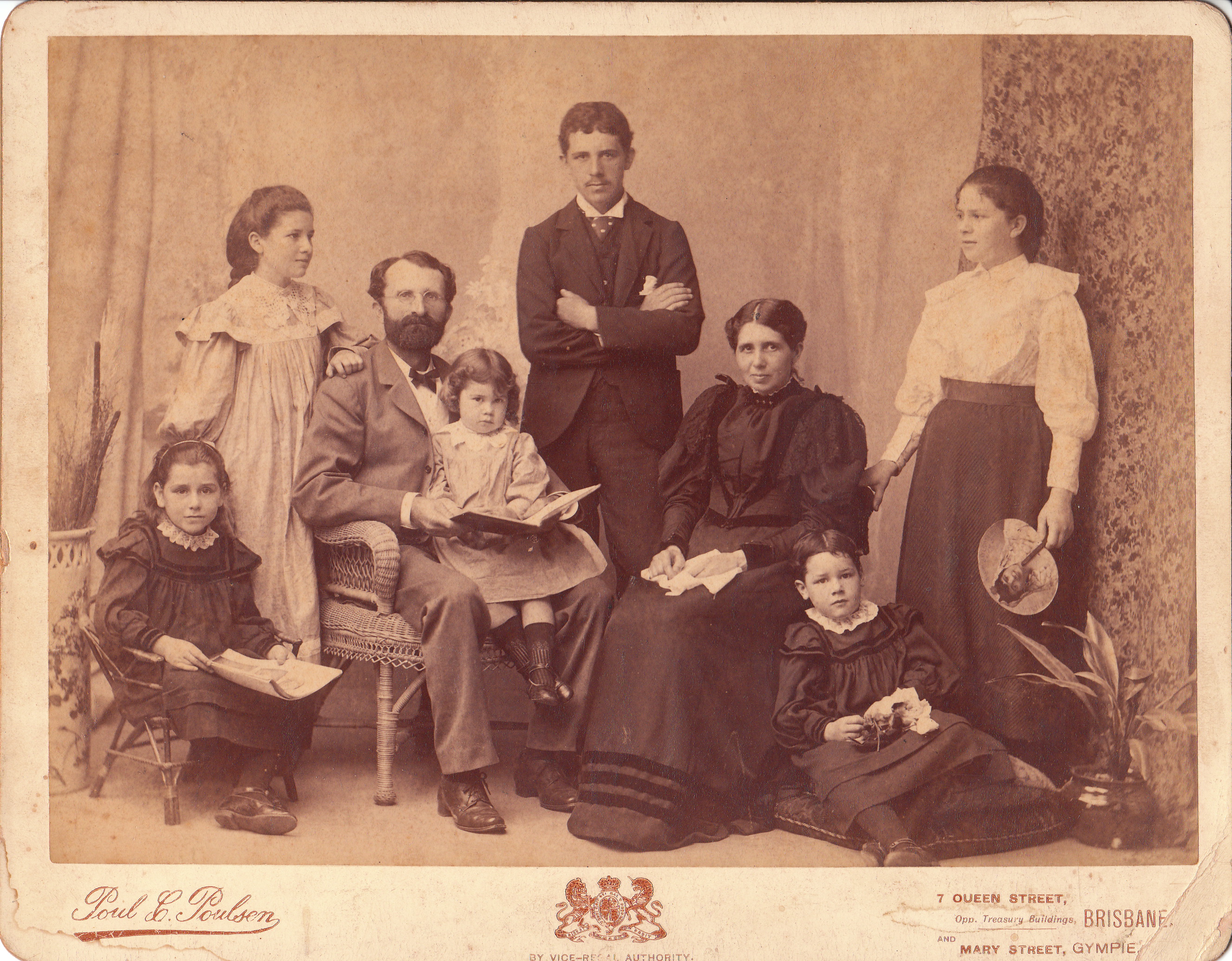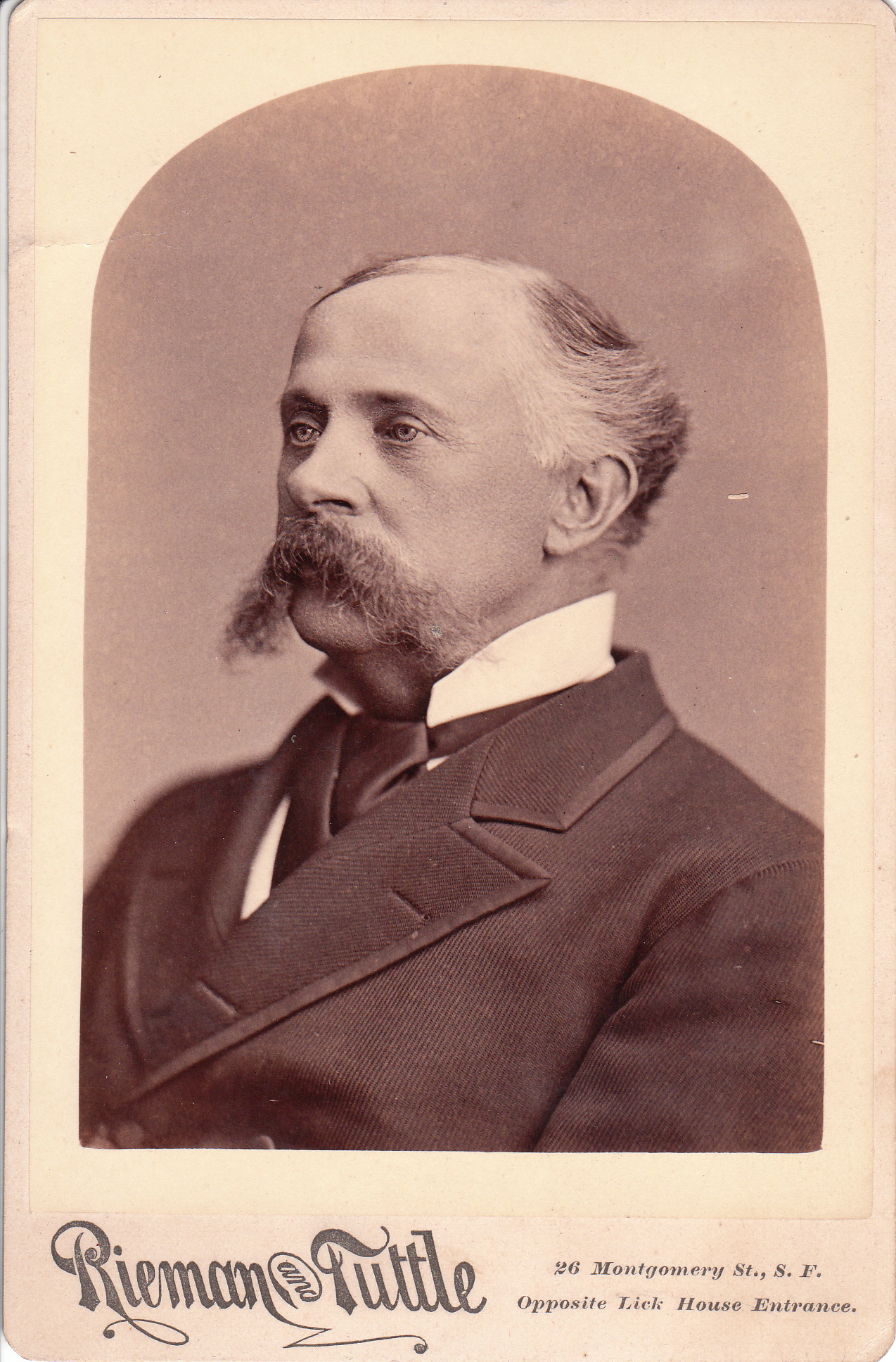Cc CABINET CARD 1
CABINET CARD 1

- CABINET CARD 2 (SOLD)
 CABINET CARD 3 (SOLD)
CABINET CARD 3 (SOLD)

CABINET CARD 4 (SOLD)
Cabinet Card 1 features early theatre actress, Jennie Winston. Unfortunately, biographical information concerning Ms. Winston appears to be sparse, and further research is necessary. An 1881 publication reveals that Jennie Winston was a native of Scotland and moved to Australia to join W. S. Lyster’s Italian Opera company. Her tenure with this company was seven years. She next went ot America under engagement to “Mr Maguire”, for whom she worked for one season’s duration. She then formed her own traveling opera company which journeyed to the western United States and British Columbia. The “Dramatic News” described Winston as “unsurpassed as a comic-opera artist by anyone in this country”. The photographer of this portrait was the studio belonging to Gilbert & Bacon. This studio was well known for their quality work as well as their work with local and visiting celebrities. To view other photographs by this studio, click on the category of “Photographer: Gilbert & Bacon”.
Cabinet Card 2 also by Gilbert & Bacon, captures a costumed Jennie Winston playing the mandolin. Note the backdrop used in this photograph. The backdrop was an excellent choice for the photograph as it is compatible with Ms. Winston’s costume. It was also a good choice technically; the actress does realistically appear to be standing on a winding stone road. (SOLD)
Cabinet Card 3 presents a portrait featuring a sultry looking Jennie Winston. The photograph is by celebrated photographer, Marc Gambier (1838-1900). (SOLD)
Cabinet Card 4 was also photographed by Gambier. Miss Winston is in costume for an unnamed theatrical performance. She is acting in the portrait. Note her provocative and coy appearance. Gambier was born and educated in Paris, France. At the age of 19, he came to America for a very short stint of time. He returned to France and became a student of the great painter, Le Creton. Subsequently, he became a student of another great painter, Camino. He then returned to America and for five years, studied and worked under esteemed photographer, Sarony (view Sarony’s photographs by clicking on the category “Photographer: Sarony”). He then launched his own photography business in New York City. He divided his time between his first love, painting, and his business of taking and selling photographs. Gambier was known as a great historical painter. He was a veteran of the French Army and while in the service, he sketched and painted several important battles. Research reveals that Gambier was listed in the 1880 US census. He was forty-one years old and living in New York City with his family. He is listed as living with his wife Emilie (age 28), daughters Louise (age 10) and Emilie (age 7), and son M. L. (age 2). Also in the residence was a young woman (age 25) who worked as a servant. Gambier was known for the many theatrical photographs he produced as well as for selling postage stamp sized portrait photographs, that people attached to their letters and postcards. (SOLD)
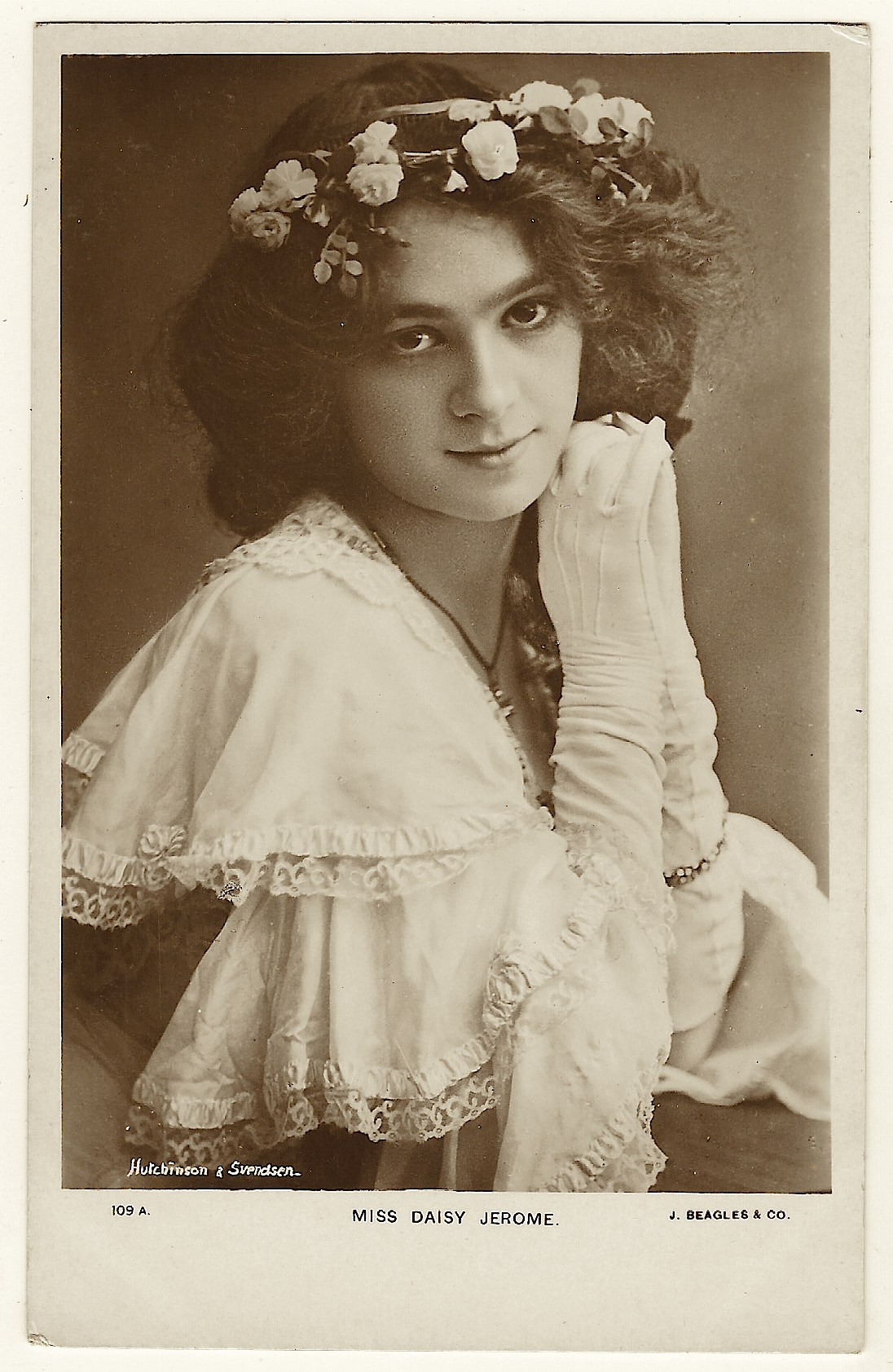





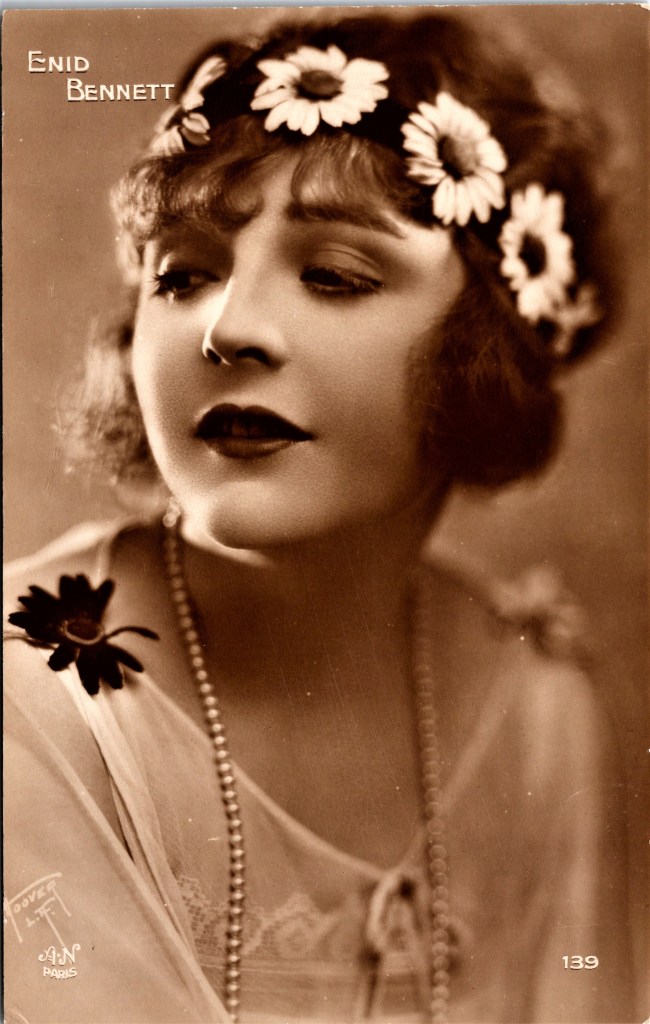


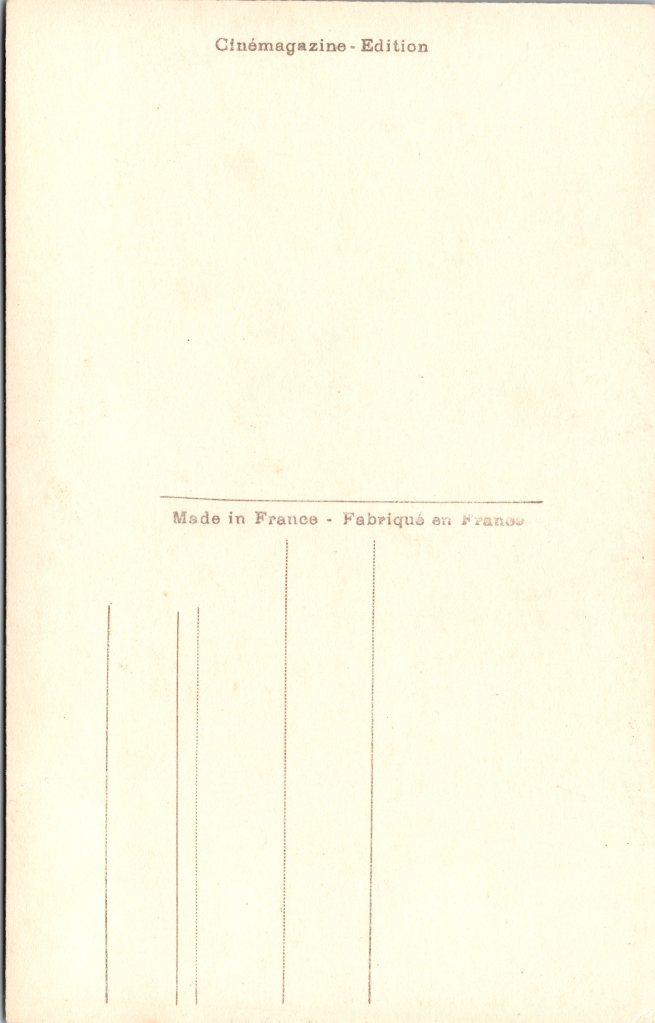
 CABINET CARD 1
CABINET CARD 1
 CABINET CARD 3
CABINET CARD 3 





